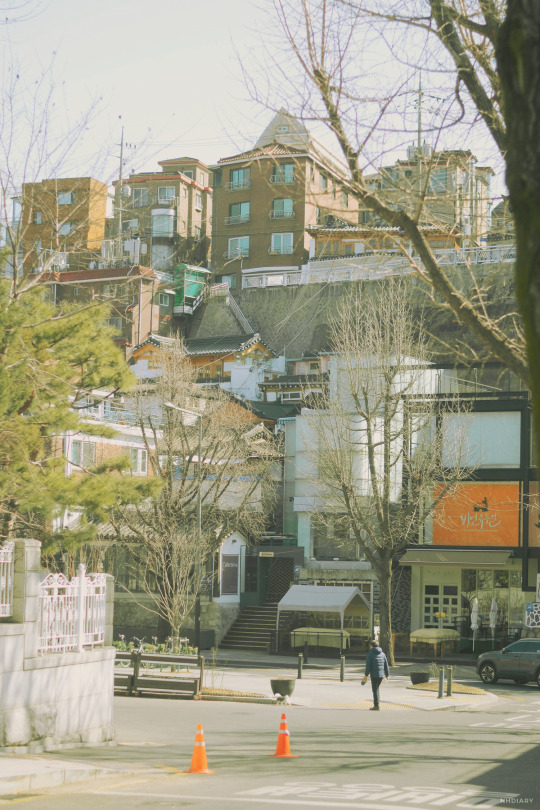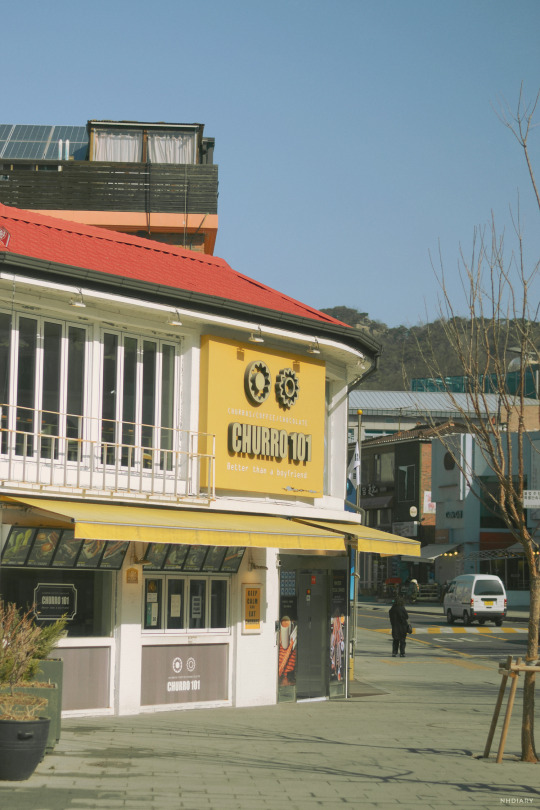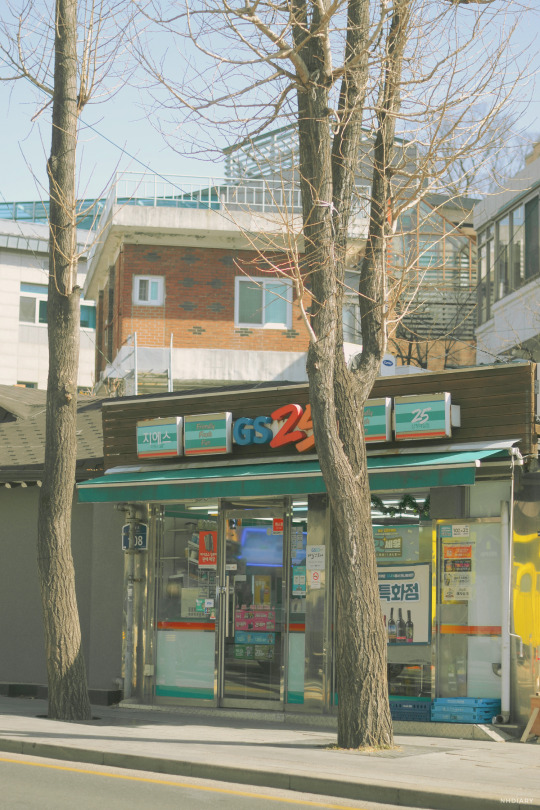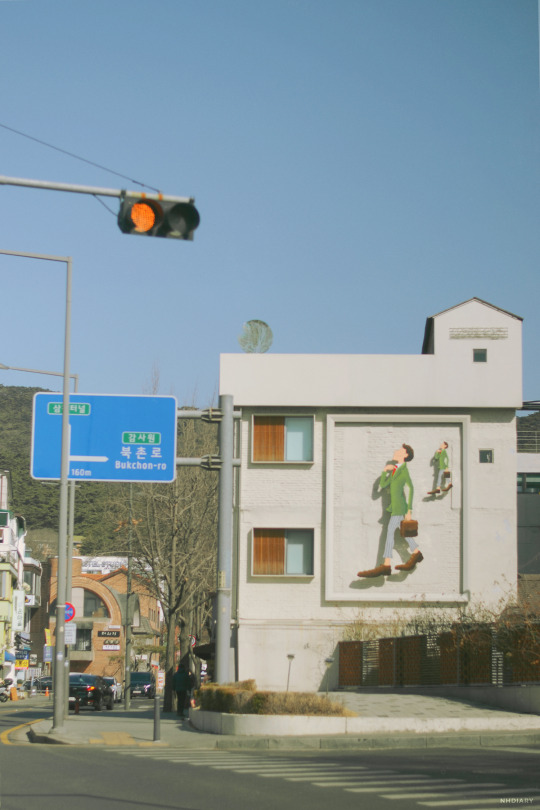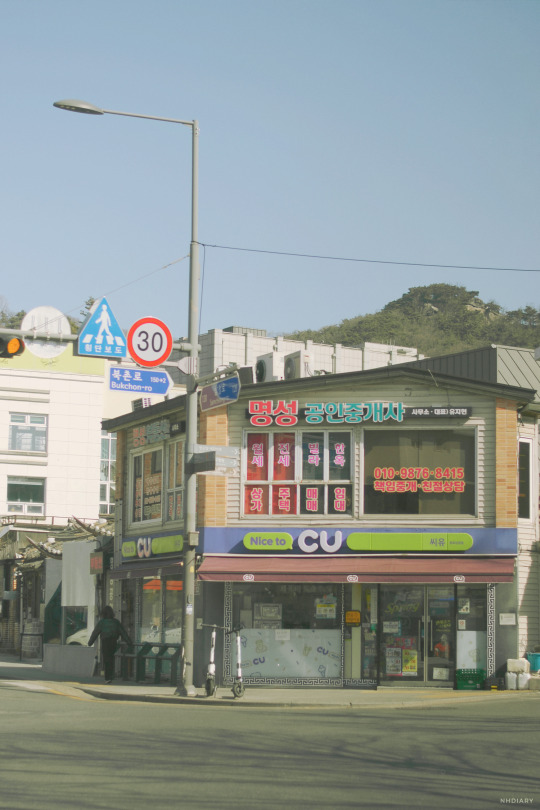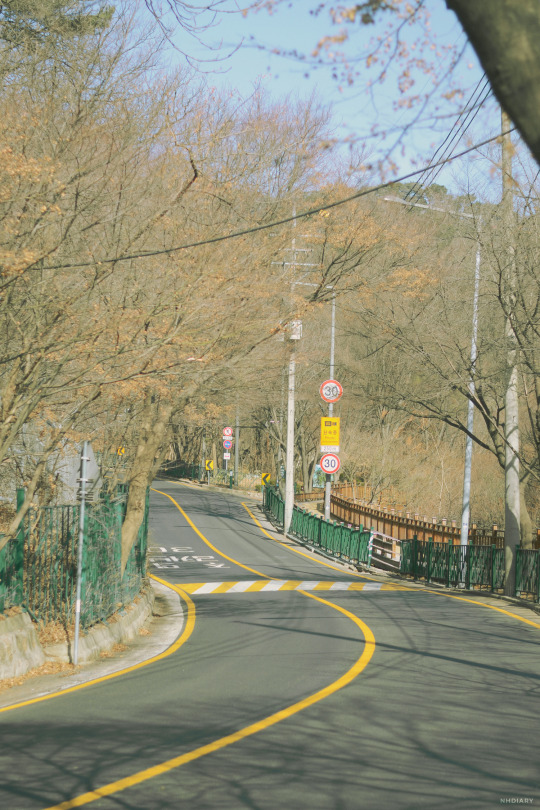#seoul: samcheondong
Text
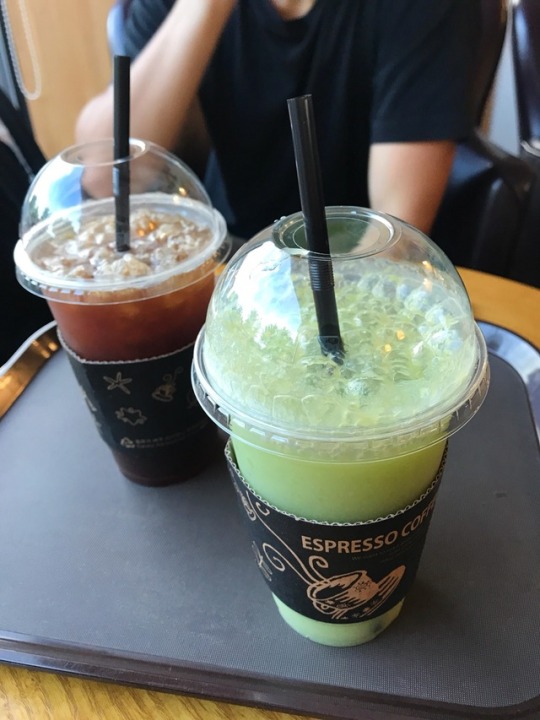
green grape juice and coffee at a cafe in samcheondong, seoul.
청포도쥬스 & 아메리카노.
46 notes
·
View notes
Photo

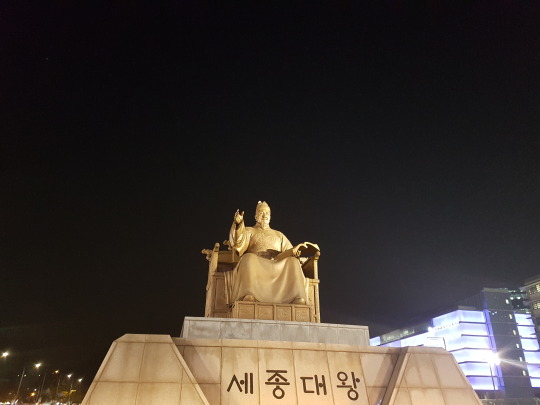

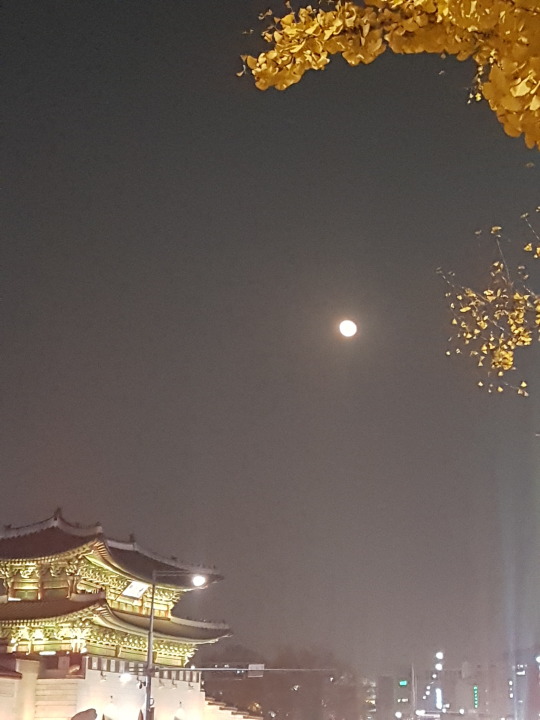

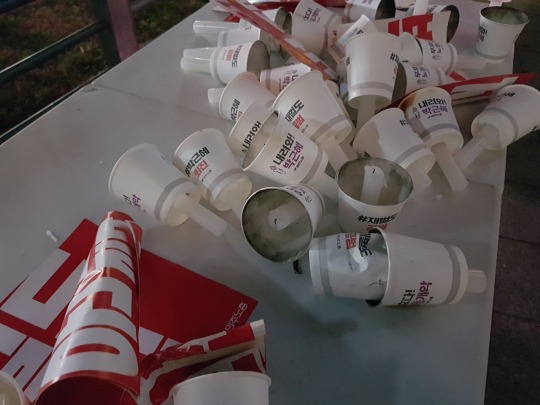
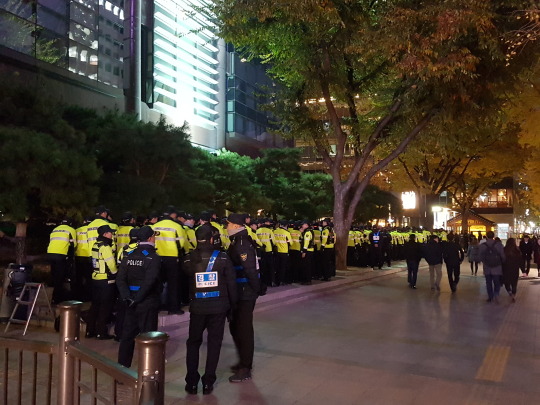
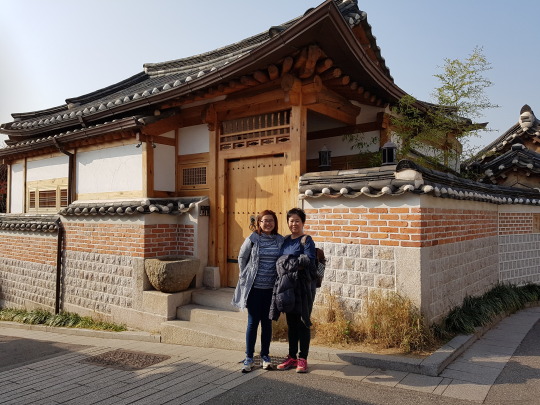
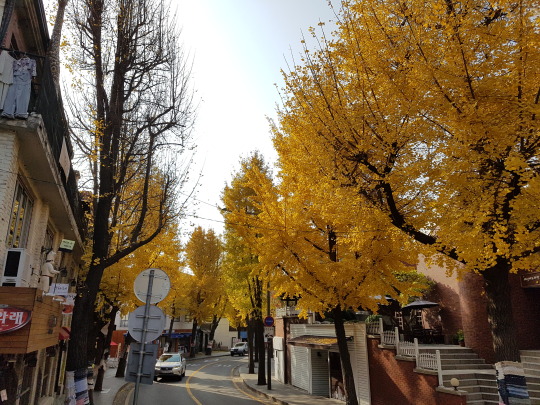
Trip with Mum - Part 3a: Seoul
- Gwanghwamun Square: Park Geun Hye protest leftovers - posters, candles, and policemen
- Samcheondong
- Bukchon
0 notes
Text
29. d'industry55
the nicest cafe ever on a little side-street in Samcheongdong. beautiful furniture and minimalist design, with delicious organic muffins (ours were fig & pumpkin!)
7 notes
·
View notes
Text
I finally did the Korean hanbok experience! I put it on my Korean list to-do when I arrived. When I first came to Korea it wasn’t really a major attraction nor were there many places advertising this service, but over the last 3 years it has become a popular activity with tourists. I personally thought it was a great idea and opportunity to experience a new fun side of Korean tradition. So one Summer afternoon in June, I headed out to Jongno 2-ga to rent a hanbok.
What is a Korean Hanbok?
The Hanbok’s design is influenced by many other earlier designs of the nomadic tribes of Northern Asia. The first common style to the Hanbok can be traced back to Mongolia and the designs can be seen on ancient Mural Walls of the Gogoryeo Dynasty era (what Korea was first called). The intricate design and patterns are influenced by trade by way of Mongolia from Persia and the middle-east.
The hanbok literally mean Korean Clothes, but over the years like most attire it changes and comes to represent class and status within society. The basic design of the hanbok has seen many foreign influence on its design. The main contribution to it was during the Mongolian treaty between Korea and Mongolia in the 13th century. During this time many Mongolian princesses were married in royal Korean houses and their changes to the hanbok has had an everlasting effect on the attire since.
In return Gogoreyo (Korea) has influenced Mongolia’s traditional dress in making the royals and wealthy ladies of the court wear hanboks too.
What makes up a ladies hanbok?
Jeogori-this is the outer top that is worn by both men and women. It is usually worn with a colourful ribbon along the collar and chest.
Chima- means skirt and is the most decorative part of the dress.
Baji- for men this is the baggy pants.
Renting a hanbok
There are several hanbok rental shops along Insadong and in Jongno nearby Gyeongbokgung Palace. Insadong is a popular tourist area so prices will be higher, and so are the rental shops that are easily visible by the Palace. Usually, you will get 2 options for type of hanbok to rent. The basic and plain coloured fabric hanboks are about KRW 15 000 to KRW 20 000 for 2 hours, thereafter you pay extra. For the “character” fabric designed hanboks, or ones with intricate patterns and embroidery on you will pay between KRW 30-50 000 for 2 hours. You will pay about KRW 5, 000 extra for hair accessories.
Luckily for me, I had found a street in Samcheondong far to the back when I was exploring the area last summer on Gwangbeokjeol day. Besides little cafes and boutiques, there were also smaller hanbok rental shops. There weren’t many but they were much cheaper.
I found an accessory store and hanbok rental shop called ANGEL 524 (CONTACT NO. 02 720 3359)! They had a small, yet really beautiful collection of hanboks for only KRW 10 000 for 2 hours, and it didn’t matter what design or style you took! Plus, the accessories came at no extra charge.
Choosing a hanbok
I’ve had this on my to-do list since returning to Korea. I had blue on my mind for some reason. So along with my friend Steph, we picked out a deep blue chima with gold embroidery, while I opted for a white jeogori.
The shop assistant helped me in the changing room and I put my belongings in the locker. As the accessories were for free, I decided to go bold and choose the big fancy red hat. Why not?
So fully adorned along with my sneakers, we made our way down to Gyeongbokgung Palace for a fun photo session.
Your hanbok. Your Palace
Having lived in Seoul for a few years, I have already been twice to the Gyeongbokgung palace. Therefore, I already knew where I wanted to take photos and get some cool shots of the architecture as a backdrop to compliment the hanbok.
It was a Saturday so I expected the Palace to be full, but I decided to go really early at around 11 and it pleasantly quiet. We took some photos of other hanbok wearing tourists too for fun.
Tips for great hanbok pictures at Gyeongbokgung
Assuming you will be renting one in Seoul and getting your experience here, I put together some tips for getting the best pics at the palace.
On a previous occasion I had seen a girl in a hanbok walking down one of the corridors long the entrance. I knew it would make an amazing photo and ran to catch the opportunity. Since seeing it planned to take my own hanbok pictures in the same corridor. The corridors are a rich beautiful red, contrasted with green in perfect alliance. They can be found all along the main entrance.
Go early! Oh my goodness I cannot express how important this is. Any time before lunch will be key to getting crowd free photos, and even just looking for a hanbok. Seoul is a late night city. Shops and places usually open around 10-11 am, so be the early bird.
Get some outdoor pictures along the lake during the Spring, Autumn and Summer seasons. As you can see I did my hanbok season last month in June in summer. It’s not Korea’s hottest period, but the outdoors gardens are in full bloom which creates beautiful scenery.
Take photos in unconventional areas is you can, you never know when you can capture something special.
Eat thy vegetables…..
From my experience, get a bit of blue sky in. it creates a great contrast with the deep red s and greens of the architecture.
Have fun! Be silly and capture the candid moments in your pretty hanbok. Sometimes these shots add more personality to the photos.
The Korean Folk museum has some great outdoor facilities showing the progression of Korea’s development from its historical period to modernisation over the years. They have an original tram, traditional Korean cottage and some other cool structures displayed outside the premises.
What a day
We finished everything in just 1 hour. I think it’s because it was neither me nor my friend’s first time at the palace and we knew the place well. I literally just went for the photos.
After the hanbok fun, we had some refreshing lunch at Again Fresh in Samcheongdong 5-ga gil. It was just across the road from Angel 524 Hanbok Rental.
The hanbok experience was super fun. The dress itself is rather light and not uncomfortable, although I wish I had worn cuter shoes. I’m glad I got to do it seeing as I did the kimono experience in Tokyo, Japan, I felt I had to do this in Korea. I would definitely recommend this for anyone stopping over in Seoul or expats living in Korea. Trust me, this is FUN!
A special thanks to darling Steph for helping me take these pics.
Anyeonghaseyo,
Bee
Pin for later!
The Korean Hanbok Experience I finally did the Korean hanbok experience! I put it on my Korean list to-do when I arrived.
#culture#fashion#gyeingbokgung#hanbok#hanbok rental#korean culture#Seoul#south korea#travel#travel blogger
0 notes
Text
Firstly, I would like to thank Trazy.com for inviting me to the walking Seochon Village tour. Trazy.com is a travel service that offers a variety of tour guides and events in South Korea. Please check out their website for more details or simply click on their ad banner at the end of this post to get more information on amazing travel and tour deals!
About a month ago, I was invited by Trazy Tours to go on a walking tour in the North of Seoul. The theme was about Korea’s Art from the Past to Present and its beginnings in Seoul. We all met at Gyeongbokgung Station and were met by our tour guides.
Sejeong Village
Sejong Village (also known as Seochon Village) is a small area located in the North of Seoul and lies to the Eastern side of the famous Gyeongbokgung Palace. The area is very old and has been the heart of the Korea’s cultural and artistic scene for hundreds of years. Many famous painters, scholars, writers and poets have resided in the area.
The area is very old, and has maintained its charm throughout the years. Most of the narrow streets are lined with traditional Korean architecture style known as hanok. Today, many of the artists’ homes are now heritage museums where you can visit and discover more about their history and work. There are also contemporary galleries and museums which you can visit in the area. The area is right next to the famous Samcheondong area.
The tour
We first started off walking through the modern parts of the area and past the famous Gyenongbokgung Palace, before reaching the Hanok Village. Even on a Sunday the place was bustling with street food vendors, and long lines of customers waiting outside famous traditional restaurants and bakeries. We also got to see Korea’s first official book store, which also has a café inside.
Korea’s first book shop.
We went down a few alleys within the neighbourhood, but were sure to be very quiet as they were actually homes with residents inside.
The market
We then ventured down one of oldest markets which was bustling with people. The market sells mainly fresh produce and also has a lot of traditional Korean street food. You can sit at the stall or under the main pagoda at the entrance. You can also find the famous super spicy dokkbokki (rice cake) here, which is different from the regular ddokbboki sold everywhere.
In this market, you can purchase tokens at the entrance and then you get a tray. As you go along the food market you can add different food and side dishes.
The Pak No Soo Art Museum
Pak No Soo was a famous artist who built a unique home in the area. The house is unique as it combines both Western and Eastern architectural styles. The house was built in 1937 and the artist lived there for 40 years. The house is now a museum where you can view some of his art works. At the back of the house, you can climb the small stairway that overlooks the city of Seoul.
Suseongdong Valley
After the museums, we ventured up to the Suseongdong Valley, which lies below Ingwangsan Mountain. The park was created to resemble a famous artist’s landscape which served as a backdrop for famous dynasty novels. The valley is also supposed to resemble a ascending dragon and a sitting tiger.
The mountain is popular with hikers on the weekends.
The home of Yi Sang
Yi Sang was a famous writer and novelist during the early 20th century. His real name was Kim Hae-Gyeong and worked as an architect for a Japanese general while Korea was under Japanese rule. He wrote his first novel in the house and completed many paintings. He also worked for a local newspaper and did a regular series of cartoons.
The home is now a national gallery and open to the public for free. The house is in the traditional Korean style, with a courtyards and adjoining rooms throughout the structure. The home was considered to be appropriate for the wealthy at the time. You can see some of his work and his studio where he wrote and painted.
Yi Sang’s house was the final stop. After that we headed our separate ways and went home. The tour was very informative and gave new insight about Korea’s art history and its development throughout the century. The art scene in Korea today is rather dynamic and really interesting, especially in country that continues to change and grow at a rapid pace.
The tour was fun, and I definitely recommend it as something to do.
To find out more about discounted walking tours and things to do around Korea visit www.trazy.com or simply click on their ad banner below.
Safe travels
Bee
#travel #travelblogger #southkorea #culturetrav #travelphotogrpahy #history #seoul #korea Firstly, I would like to thank Trazy.com for inviting me to the walking Seochon Village tour. Trazy.com is a travel service that offers a variety of tour guides and events in South Korea.
0 notes
Text
15. 북촌 / school girl daze
the other week I spent one morning walking around Bukcheon - convinced I was going somewhere I had never been before because the digital tour guide didn't mention that the area also included the charming Samcheondong neighborhood I had seen earlier in September. the map I had with me described Samcheondong as the gallery and cafe part of Bukcheon, whereas the area where I walked around this time was filled with even more traditional buildings. I though there has been quite a few in Samcheondong, but this really had much more emphasis on the historical neighborhoods and renovated hanoks, which coincidentally I was studying that week in one of my classes. there's also a ton of museums displaying traditional Korean arts, costumes and other living traditions inside the hanoks, as well as tea rooms and guest houses.
I really loved walking around the area - I've been meaning to explore more of the traditional aspects of Seoul, but at the same time I want to avoid any tourist traps, so this sort of free wandering suits my tastes very well. besides I really love it when the old begins to blend in with the new, rather than going to specifically designated areas (one of the many things I love about Tokyo, for example, is how you can turn a corner in a really modern neighborhood and suddenly find yourself in front of an old temple). I think Bucheon as a whole will be one of the areas that I'm just going to finely comb through - and I'm already looking forward to seeing the black tiled hanok roofs covered in snow come December.
on a completely unrelated note though, because I should write about something current as well, here's a little tidbit that happened to me today:
now I'm very much a walking around with my head in the clouds, headphones on, type of girl - as a result I'm a bit unobservant, and prone to near run-ins with trees, light posts and and other tall objects whether animate or not. however, surprisingly enough (even to myself) i'm tend to notice little things going on around me - perhaps as a result of always running around with my camera, looking. so when I was walking down the stairs to the Ewha subway station, I noticed a group of high school girls rock-paper-scissors (가위 바위 보!) as I walked by. for some reason, a little light bulb went off in my head, and I took of my headphones wondering if my hunch would be right. and as I guess a beat later I felt someone tap my shoulder, and I turned around to find myself face to face with one of the schoolgirls, stuttering out a hello amidst giggles - and by the time I'd managed to say hi back she had run back to her friends.
now I'm not sure how the tone of my writing is portraying this, but it wasn't a bad experience per se. I'm actually always pleasantly surprised by the fact that Korean students will speak to me (Japanese school girls tend to wave and bow timidly; I don't think I've ever had boys try to interact with me unless they were around 10). in fact two of my favorite moments so far in Seoul was 1) when I was walking around campus one morning and came across a group of 50 or so junior high school girls on a campus tour, who all wanted to say hi to me and then proceeded to shout, "unnie, you're pretty!". shucks, i'm flattered! number 2 was when I on a quiet Sunday morning went down to the dorm cafeteria, empty except for a large group of middle school kids who were there for who knows what reason. the little guys were so sweet, shouting every English phrase they knew at me and complimenting my abysmal Korean.
but, cool story over, back to what I was trying to say. even though I don't think these high school girls meant any harm, I couldn't help but feel a little bit disappointed that talking to me was some sort of challenge - almost like when you're a kid and you're daring each other to go ring the door bell of that one grumpy neighbor you have. maybe because I really enjoy meeting new people and talking to them, it's a bit of a downer. I feel a little silly for feeling this way, but the feeling was there. so. does this make sense at all?
6 notes
·
View notes
Text
09. 삼청동
Samcheondong reminds me a little bit of Paris - a combination of Montmarte and Les Marais specifically - in the same way Harajuku gives me a European vibe. maybe it's not very obvious, but something about the small streets, hidden stores and calm atmosphere (maybe du to the general lack of cars?). there's an endless amount of cafes along the roads, with both interiors and exteriors so inviting it makes me wish I could live in them, or at least find the time to spend an hour in each - though there is no way my body could handle the amount of caffeine that would come with a hobby like that! the stores in the area are a mix of brands and independent, interspaced by small galleries and charmingly odd graffiti. even more is hidden between residential houses and renovated (rebuilt?) old style Korean buildings that sling along the hillsides.
speaking of hillsides, I seem to have forgotten that not all roads in the world are as flat as in Tokyo, and my legs are unforgiving of the fact. worst of all is the uphill battle to the Hanwoori dorm - which I try to think of as a easy way to kick start my daily exercise routine (not that that ever happens), but it's quickly becoming a pain in the calves, anatomically speaking. at least the view is worth it.
10 notes
·
View notes


